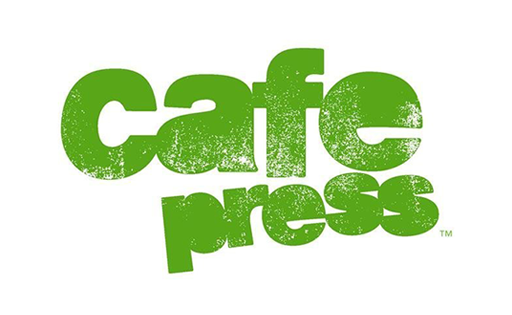Piiku Toys were a type of medieval doll that was popular among children of noble families in Europe. These dolls were unique in that they were made using a combination of wool thread and ceramics, which was a testament to the artistic skill and creativity of the medieval craftsmen who created them.
The making of Piiku Toys was an art form in and of itself, and was considered a form of folk craft. The dolls were made using a variety of materials and techniques, including weaving, embroidery, and pottery. Each doll was unique, and often reflected the cultural and historical traditions of the region in which it was made.
In many ways, the creation of Piiku Toys was a reflection of the values and beliefs of medieval European culture. They were seen as symbols of innocence and purity, and were often given as gifts to children to help them learn about the world around them. The dolls were also a way for families to pass down their cultural heritage from one generation to the next, as they often featured clothing and accessories that were typical of the region and time period in which they were made.
Today, the art of making Piiku Toys is still celebrated in some parts of Europe, particularly in regions where traditional folk crafts are still practiced. These dolls serve as a reminder of the rich cultural heritage and artistic traditions of medieval Europe, and continue to inspire new generations of artists and craftsmen.
Despite the decline in popularity of Piiku Toys during the Renaissance and modern times, they have maintained a special place in the history of folk craft art. The techniques and styles used in their creation have influenced many other forms of folk art, such as embroidery, weaving, and pottery.
One of the unique aspects of Piiku Toys is that they were often made by women and children in their homes, using materials that were readily available. This allowed for a great deal of creativity and experimentation in their design, resulting in a wide range of styles and variations.
In addition to their cultural and artistic significance, Piiku Toys were also valued for their practical uses. They served as educational tools for children, teaching them about clothing, manners, and social customs of their time. They also served as playthings, allowing children to imagine themselves in the roles of the nobility.
The popularity of Piiku Toys declined with the advent of mass-produced toys in the Industrial Revolution. However, they have continued to be treasured by collectors and enthusiasts of folk craft art. Today, there are still artisans who create Piiku Toys using traditional techniques, preserving this unique aspect of medieval culture for future generations to appreciate and enjoy.
Another interesting aspect of Piiku Toys is their potential for personification. Due to their handmade nature and unique design, each doll can take on a personality of its own. Children often used their imagination to bring their dolls to life, giving them names, stories, and even emotions.
Personification of Piiku Toys was not limited to children, however. Many nobles used the dolls as a way to express themselves or to represent their own persona. For example, a noblewoman might create a doll that resembles her, complete with a miniature version of her gown and jewelry, to display in her home.
This aspect of Piiku Toys shows how they were not only a form of folk craft art but also a form of self-expression and identity. They allowed individuals to express their creativity, imagination, and even their social status.
In conclusion, Piiku Toys are a fascinating example of medieval folk craft art. Their unique combination of wool thread and ceramics, along with their potential for personification, made them a beloved and valued item in medieval European culture. Despite their decline in popularity over time, they continue to be treasured for their cultural and artistic significance. The legacy of Piiku Toys serves as a testament to the creativity and ingenuity of medieval craftsmen and the enduring value of folk craft art.

























